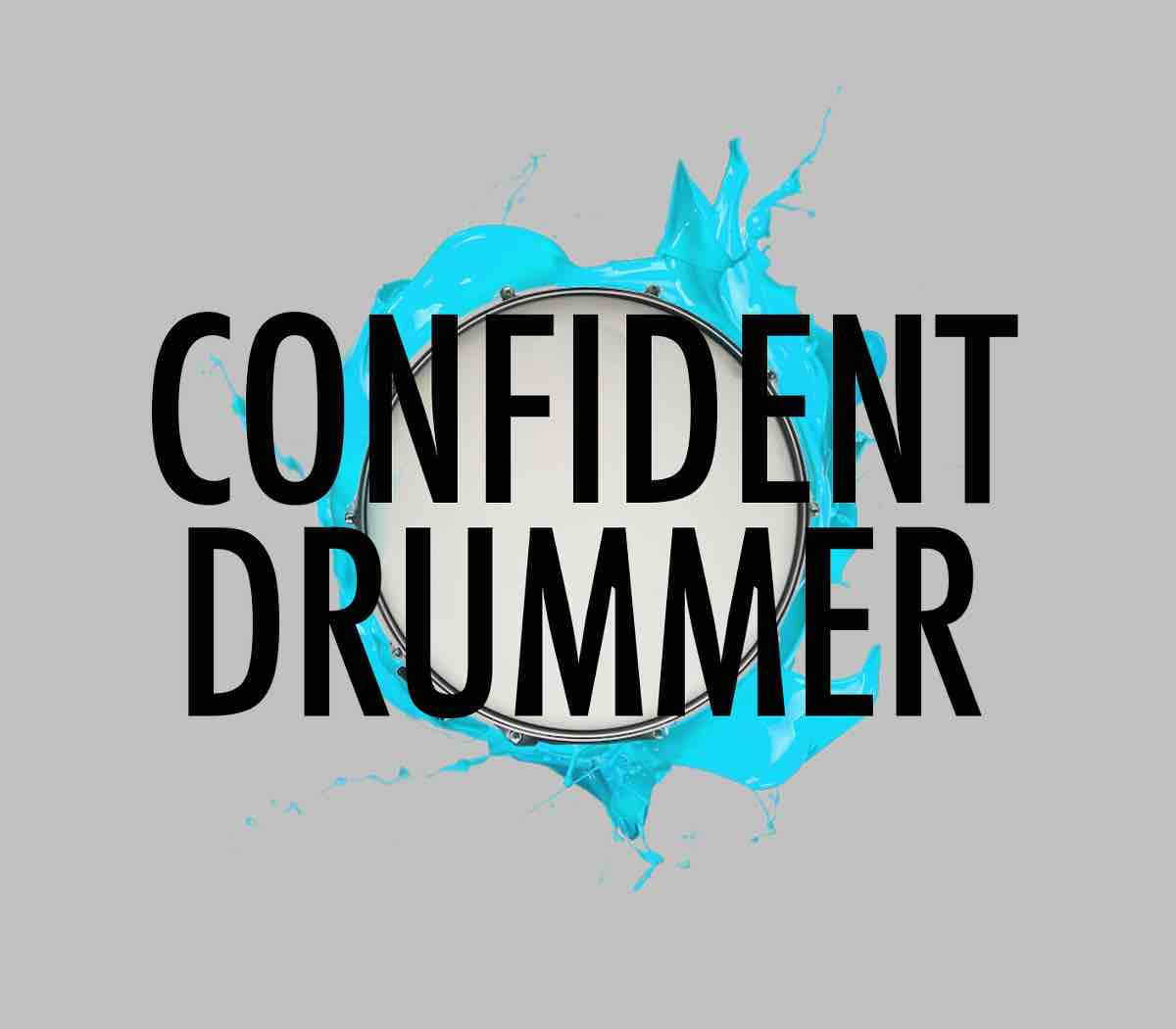I have always been passionate about finding simple ideas that, when applied to our practice routine, have the power to dramatically increase effectiveness and results.
One of the most powerful principles I’ve discovered over decades of drumming is the following: focusing on one thing only and practicing it in a large number of variations, combinations, and applications, is an approach guaranteed to make us reach a masterful level of control of the subject at hand. It makes it literally inevitable.
Drum rolls are a perfect territory on which to experiment with the implementation of this strategy.
Measured rolls are part of the drum rudiments, and are some of the most important ones, even though, because of their conceptual simplicity, we tend to study them superficially.
That’s a big mistake, because a basic idea we should never lose sight of is that the simplest elements are exactly those on which it’s important to go deep (another important principle, by the way).
It’s thanks to such fundamental building blocks that we are able to learn the main motions with absolute precision, and then utilize the layers of acquired muscle memory to develop the rest of our technical skills.
Using the concepts explained in ‘How to Develop Musicality‘, in this lesson we are going to discover that a drum roll can be studied in different subdivisions, with different stickings, at various dynamic levels, with different accents and orchestrated in various ways.
We are going to combine these parameters with each other, creating countless variations and reaching levels of depth that are precisely what our technical mastery will be based on.
Here is the printable PDF with the transcriptions of all examples:
The main measured drum rolls are the 3 stroke roll, the 4 stroke roll, the 5 stroke roll, the 7 stroke roll, the 9 stroke roll, the 13 stroke roll and the 15 stroke roll.
If we were to apply to each of these all of the variables we are about to use, this study alone would end up taking dozens of pages.
This is why here we are going to learn the principles using just the 9 stroke roll, which is one of the most useful and musical rolls.
The goal we are aiming at is to understand the possibilities at our disposal by applying them to this fundamental roll, so as to start realizing the improvements described above.
At the same time, to make the most of these techniques, the recommendation is to then apply the same methods to all other measured rolls, given that once we figure them out they are pretty easy to extrapolate and reproduce.
Each roll should be practiced, as fully shown in the 9 stroke roll example, in all of the following ways:
- Placing it on binary and ternary subdivisions.
- Using both single and double stroke stickings.
- Starting always with the same hand or starting with a different hand each time.
- With an accent at the beginning or an accent at the end.
- Orchestrating the accents in different ways: Rimshot, Tom and Crash.
- Doubling and halving the speed.
- Placing it on rhythmic progressions that go through a number of different subdivisions.
- Adding when possible a simple foot ostinato, like the Bass Drum playing quarter notes and the Hi-Hat on 2 and 4.
Here you can check out the YouTube video demo in which I play all the exercises.
Each study will also need to be practiced at all tempos and at all dynamic levels, from ppp to fff.
Needless to say the same principles can be applied to any drum rudiment of our choice.
We are beginning to realize how, if we practice it like this, a 9 stroke roll is not anymore just a roll.
Rather, it becomes an opportunity to explore the whole range of potential motions that can come up, which, once internalized, will result in such a reinforcement of the technical component that we will achieve the highest levels of precision and control.
There are going to be some extreme combinations, like for instance the orchestrations in which double strokes get split between two surfaces (Tom/Snare or Crash/Snare).
But it’s exactly in challenges of this level that we get the opportunity to develop maximum technical strength, so that we can then play the most common solutions with total effortlessness.
The benefits we’ll get from these materials will be incredible. We are quickly going to feel like we have a lot more control and sensitivity, which will motivate us to keep on with the work that needs to be done.
In Part 2 of this mini series we are going to explore another aspect of how to practice the 9 stroke roll: orchestrations and agility around the kit.
Related resources:
How to Practice the 9 Stroke Roll – Part 2 – Orchestrations and Agility
‘Hands & Mechanics’ – Altitude Drumming – Volume 2
‘Drum Technique Booster – The Masters’ Approach’
‘Drum Chops Mastery – Gospel Chops & Beyond’




















